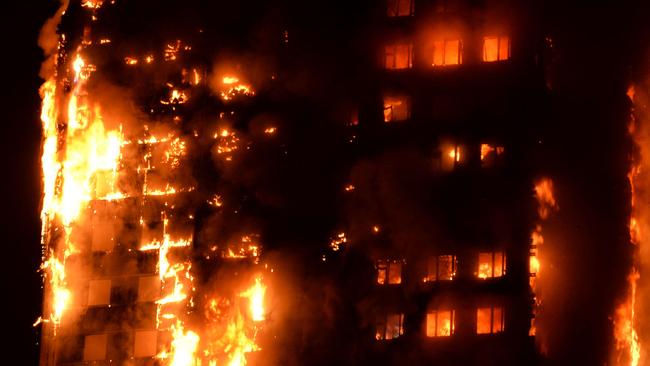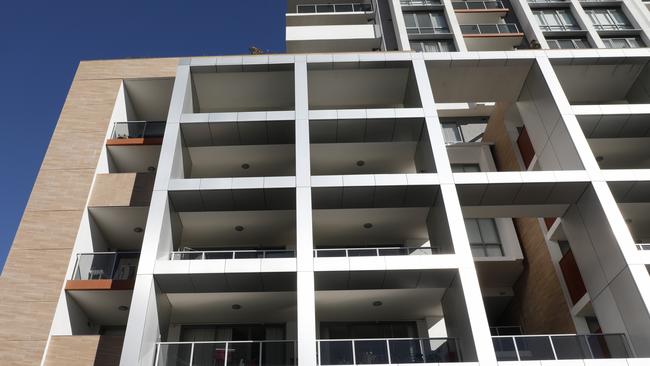Australia’s cladding crisis: Expert blames ‘weak’ CSIRO testing
A leading industry figure says the CSIRO must take responsibility for “rubbish” testing standards which allowed petrol-covered buildings in Australia.
An industry expert has traced the cladding crisis back to “weak” government testing in the late 1970s as he estimates the national cost of fixing high fire-risk buildings could top $10 billion.
Daron Hodder, a senior industry figure over the past decade, estimates there has been a whopping 16.44 million sqm of the highly flammable ‘PE’ (polythene) core cladding sold in Australia since 1980, with a most of it going into buildings since the mid-1990s.
“The Federal Government should never have allowed our buildings to be clad in petrol,” Mr Hodder, who has sold the safer ‘FR’ (fire retardant) core cladding since 2000, said today.
“Buildings with the PE material can be well alight in 20-30 minutes.
“There’s five-and-a-half litres of petrol per square metre in this petroleum-based product. That’s how flammable it is.”

He said the National Construction Code was “at fault” for allowing the PE product to first enter the country after it passed a standard called AS1530 part 3 back in 1977 at CSIRO North Ryde’s testing facility.
The ACLAD Architectural Facade Cladding Solutions director said while the CSIRO followed the rules, “their standards of testing here are rubbish”.
“Any new product coming onto the market should be fully tested,” Mr Hodder said.
“The whole thing started — and could have been stopped — by the CSIRO. I started selling it back in 1980 — and as a young person, I thought it must be OK because it passes as an Australian standard.
“I’m meeting with the federal Industry Minister (Karen Andrews) next week about this, because we don’t have the leaders with real backbone to fix this massive problem.”

The NSW Cladding Taskforce says Fire and Rescue NSW has identified 629 buildings across the state as being high-risk.
“I have the sales figures (for the polythene product) for all of Australia, and the NSW figure is correct,” Mr Hodder said. “And while it might be less than Victoria, which has 2600 high-risk buildings, it’s scary enough.”
The first legal battle against a supplier of combustible cladding started earlier this year, when litigation funder IMF Bentham and William Roberts Lawyers filed a class action in the Federal Court of Australia against the German producer of Alucobond polythene-core aluminium composite panels.

Mr Hodder said all state governments need to fix the high-risk buildings “immediately”, then join a class action against the suppliers.
“We’ve just been lucky to date that there haven’t been deaths,” he said.
“We’ve known about this problem for many years — and we desperately need an independent umpire to oversee this.”
The CSIRO has been contacted for comment.


